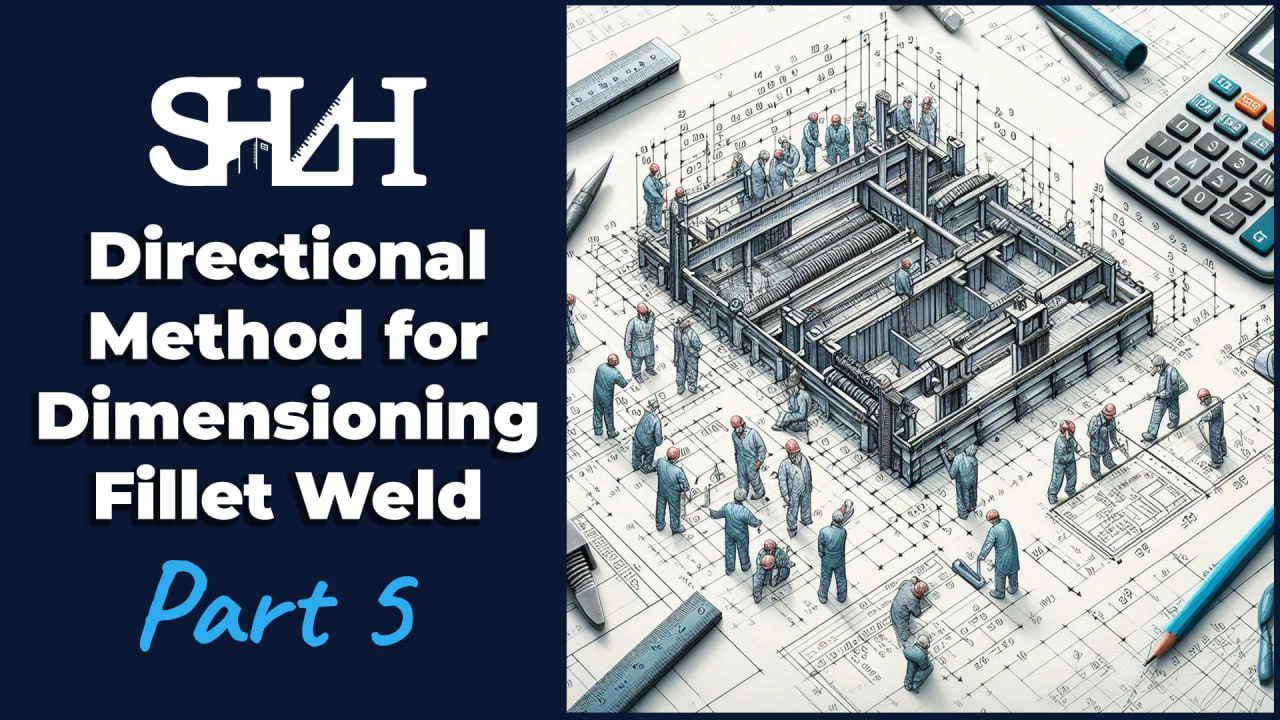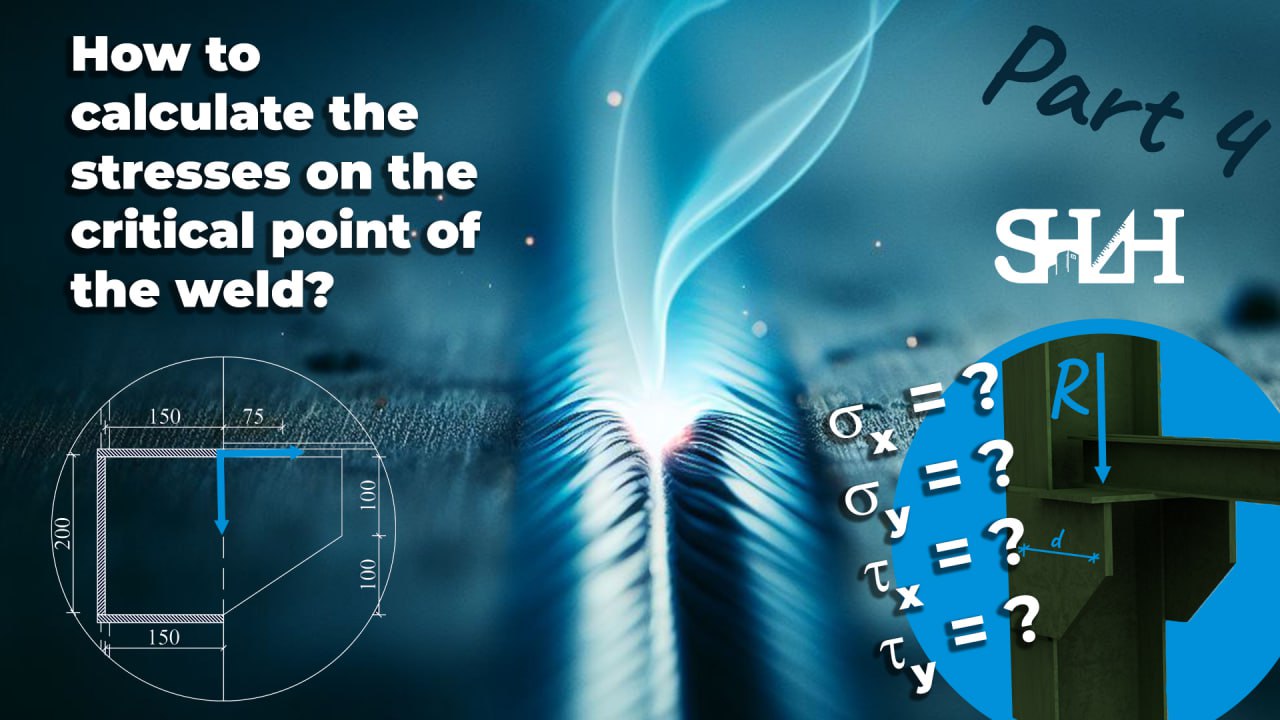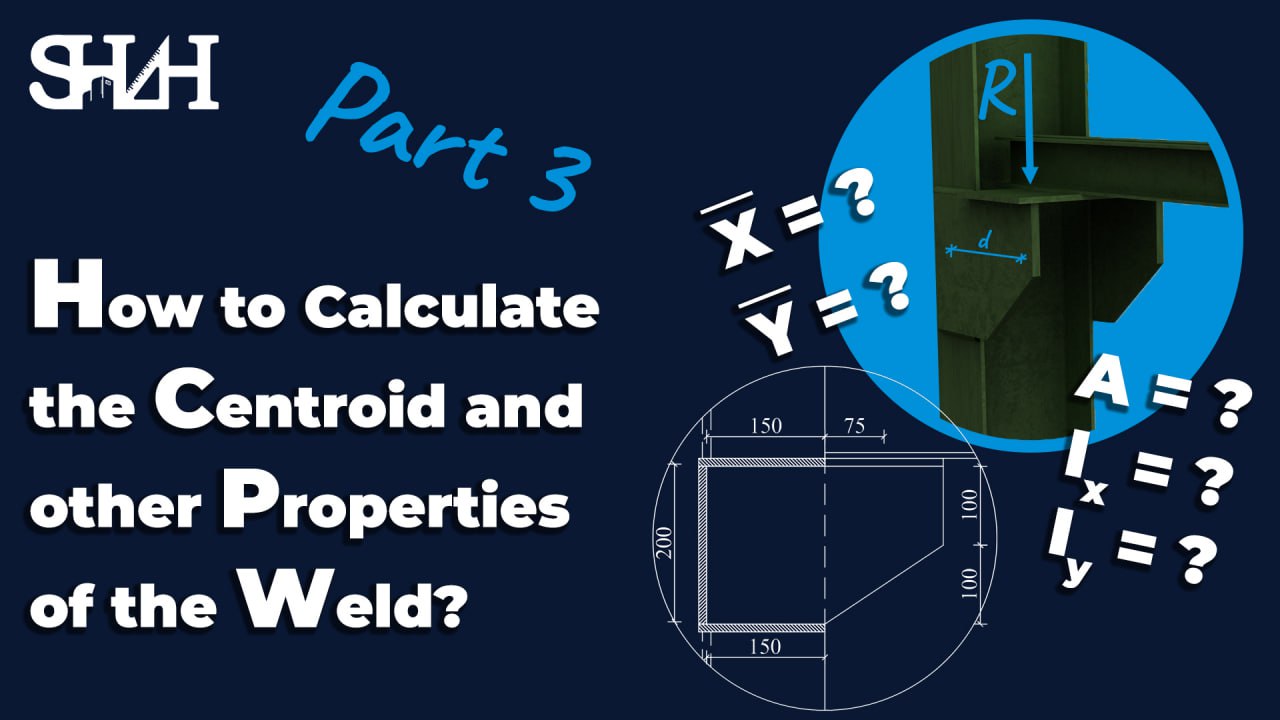SDOF: Damped Free Vibration. Overdamped and critical damped systems.
-
 Category: Dynamics of Structures
Category: Dynamics of Structures
-
 Release Date: 12/01/2024
Release Date: 12/01/2024
In the previous video, we discussed how to model a free vibration system in Ansys; however, in this video, we will delve deeper into free vibration but with damping.
Damping refers to the energy dissipation in a vibrating system that reduces the amplitude of its oscillations over time. Thus, it is an essential characteristic of realistic mechanical systems, and understanding its effects is crucial for designing and analyzing these systems.
To model a free vibration system with damping, we first need to define the necessary equations of motion that describe the system’s behavior. These equations will consider several factors, including the damping coefficient, the system’s mass, and the supporting structure’s stiffness. Moreover, we will also introduce the concept of damping ratio, which measures the level of damping in the system. This value is crucial for determining the critical damping, the minimum damping required to prevent the system from oscillating indefinitely.
By understanding and analyzing the behavior of a free vibration system with damping, we can gain valuable insights into the response of mechanical systems to external forces. This knowledge is essential for designing and optimizing structures and systems that withstand various loads and stresses.
Link to the description and detailed solution notes: Download




